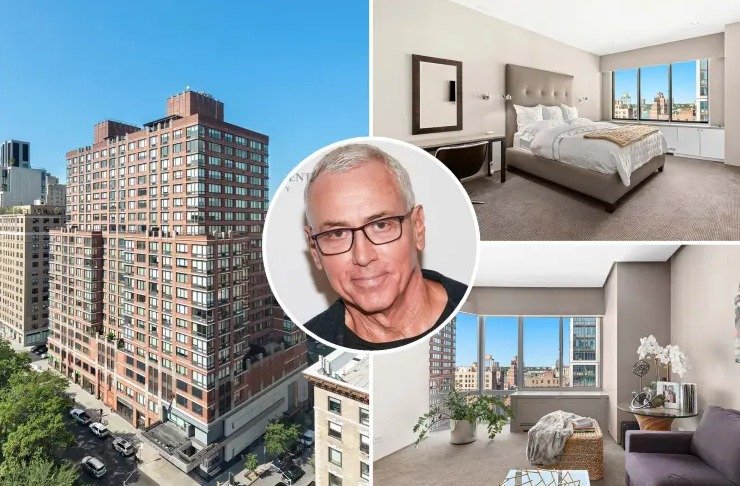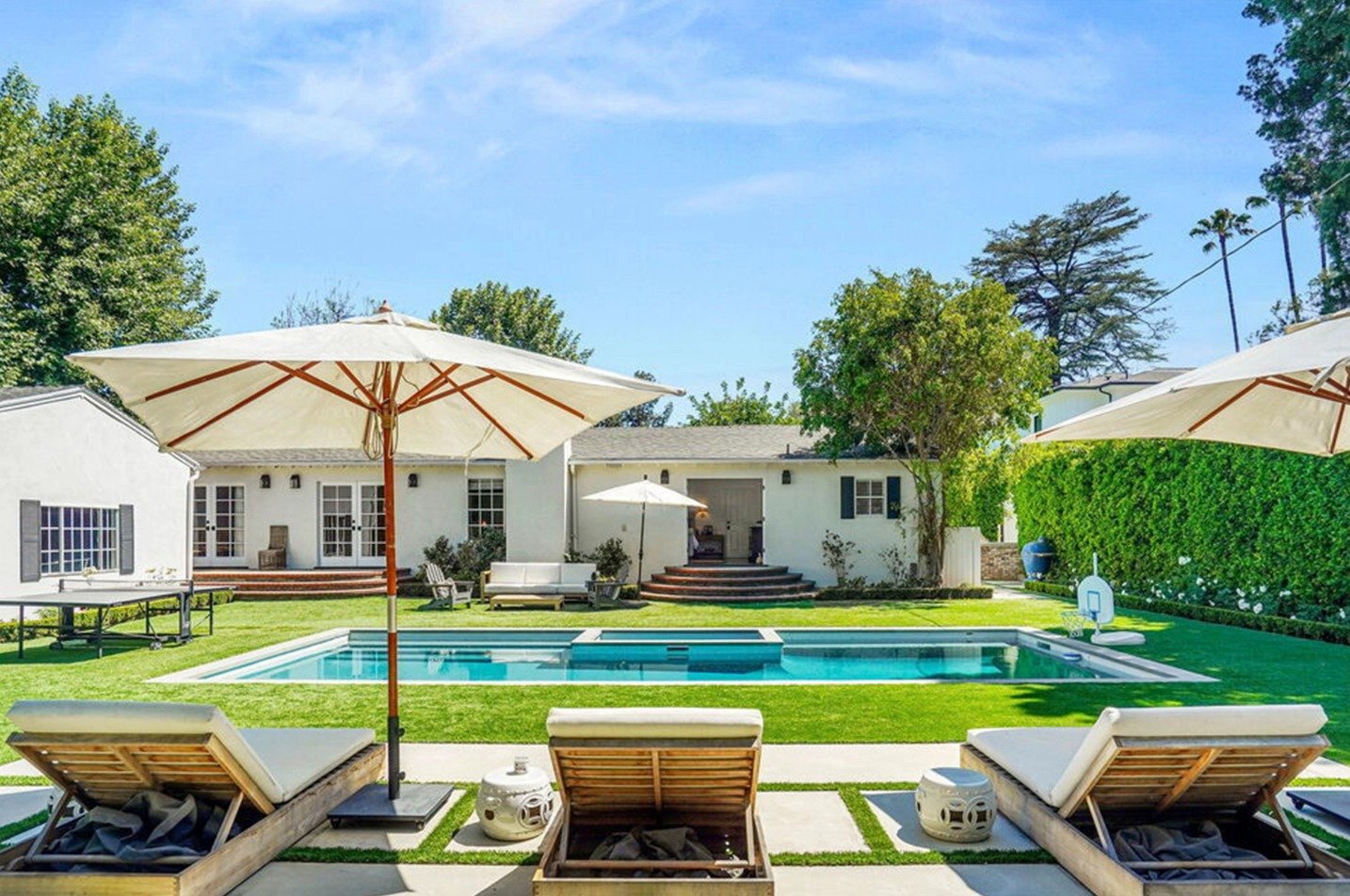How Los Angeles Is Confronting Its Housing Crisis
Sometimes it seems that the only solution for this country’s acute affordable housing crisis, which is especially dire in large states and their metropolitan areas, including Los Angeles, is to just erect endless rows of Type III wood barracks. As I have noted before, this housing type is pernicious, both in how it affects its surroundings and in the quality of spaces it provides, but it is often the only option for housing people with small incomes in an affordable manner.
Los Angeles Department of Building Safety/Design
Now there is a glimmer of hope for a new strategy, one that takes a step forward in both the quality and quantity of affordable housing. The Accessory Dwelling Unit Standard Plan Program spearheaded by the Los Angeles Department of Building and Safety foresees the erection of high-design, minimal dwellings in backyards across the city. The program builds on a law passed in 2017 that has already led to the construction of tens of thousands of these units across the state. Though it will not instantly provide the amount of necessary housing, the program will at least create the possibility of densifying the city in a reasonable and somewhat affordable manner, with designs that do a decent job providing light- and air-filled spaces while also fitting into their context.
Los Angeles Department of Building Safety/Welcome Projects
The Breadbox, by Welcome Projects
The hook here is that the buildings department, with the assistance of the city’s chief design officer, Christopher Hawthorne, has worked with a group of architects they selected to develop plans that are preapproved and can sail through the department’s red tape. I did not understand how significant this advantage was until the noted local architect and theoretician Joe Day, who is working on several such structures, pointed out that the permitting process in Los Angeles can account for up to a third of the cost of the entire project, which would mean that this program could produce considerable savings of both time and money.
The proposals come from a list of young designers from L.A. and beyond, whose approaches to architecture are as eclectic as the city’s vernacular. Some hew fairly closely to what you might expect to see if you peeked behind the single-family homes that still make up the bulk of the landscape here—what Reyner Banham called “the plains of Id.” Welcome Project’s the Breadbox, for instance, sports a tile roof, curved façades and doors, and an interior with a peaked roof ceiling. Depicted in a cross between a comic book and the painter David Hockney’s pastel versions of the good life in Southern California, the unit abstracts the Spanish vernacular and dresses up what is essentially a simple box.
Los Angeles Department of Building Safety/Taalman Architecture
IT House by Taalman Architecture
Similarly, Taalman Architecture takes on the other Los Angeles vernacular, Midcentury Modern, and offers a slimmed-down and elegant version of what you might expect if you dressed up a two-car garage—which is how many such ADUs have so far come into being.
Other architects try to break the box. One example is the design by Jennifer Bonner, who shifts, slices and dices the walls and roofs to enliven the otherwise basic form. WHY Architects is more modest in its approach, scooping out one of the end walls and using graphics to enliven the structure. Architects such as Fung + Blatt and Design, Bitches are equally restrained, focusing on how standard elements that the owner could purchase at Lowe’s or a lumberyard can create interior and exterior forms that have a practical purpose—allowing in more light and clarifying interior room layouts—while also making the buildings appear to be grander and airier than they might actually be.
On the other end of the design spectrum, SO — IL, based in New York, has proposed the Pebblehouse, a round pavilion that floats on a round deck, its walls radiating out in all directions. It seems more likely to be constructed as a studio for a screenwriter than as the starter home for a small family trying to break into the housing market.
That, in general, seems to be the issue with most of these designs. They are almost all studio apartments, although some of them show how the space could be subdivided to provide cramped bedrooms. They offer loft living and are centered around a family room or a gathering space that seems more focused on creating a place to Zoom, exercise, or chill, rather than being focused on the real need in Southern California, which is to provide decent places to sleep and live for families at the bottom of the economic ladder. The lofts featured in some of the designs could work for many purposes, but the renderings show few beds and no other signs of family life.
The other danger is that these designs, however innovative and good they might be, become a restrictive template. What chances will other architects have to show ways it could be done better? Moreover, if builders—as they almost always do—find ways to strip the designs down so that few original qualities remain, what will have been gained?
Perhaps it would have been better to approve some kits of parts, along with rules for how they could be used and examples of completed units. When a vernacular works, in whatever style, it is because the combination of materials have been standardized, building and composition methods are easy and meet the expectations of both owners and building codes, and examples have been circulated in the media.
In the meantime, there is no doubt that the building department’s program is an improvement on the status quo. It will help some of those in need of decent housing with a better-than-average product, and will also give a talented group of young designers a chance tackle a tough problem and see their designs constructed, one would hope many times over.




















